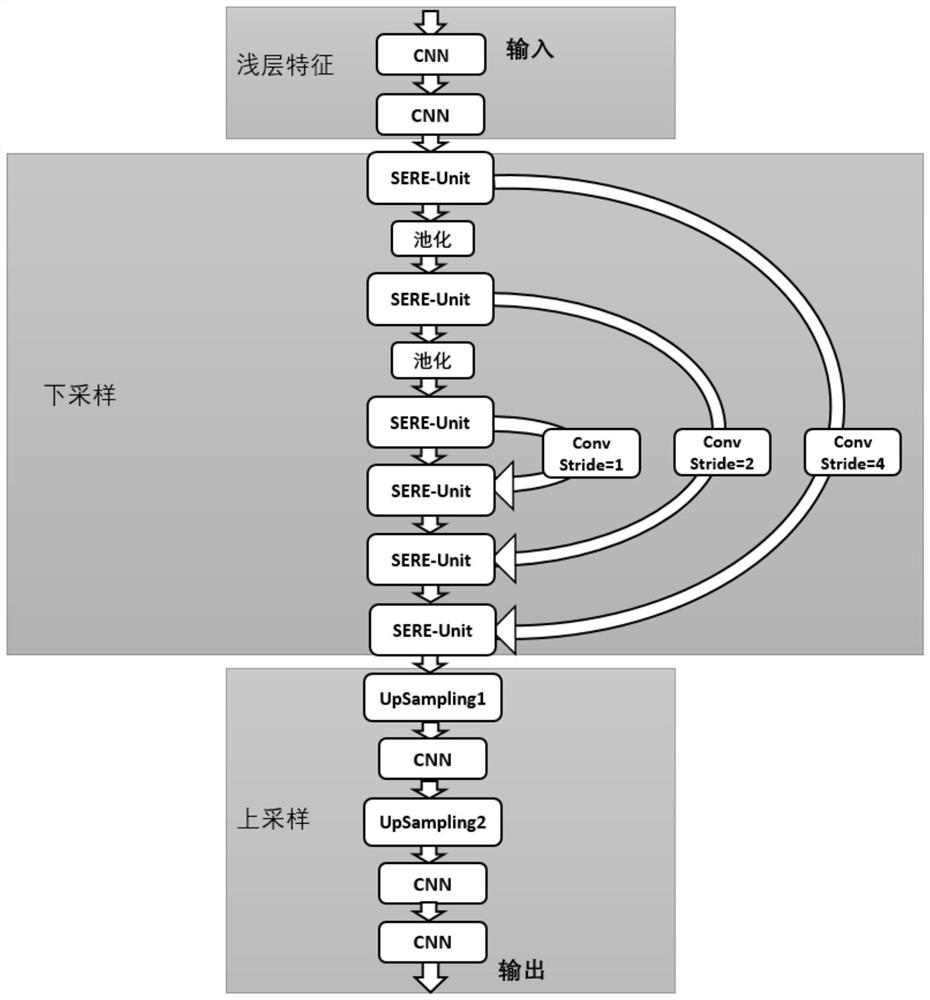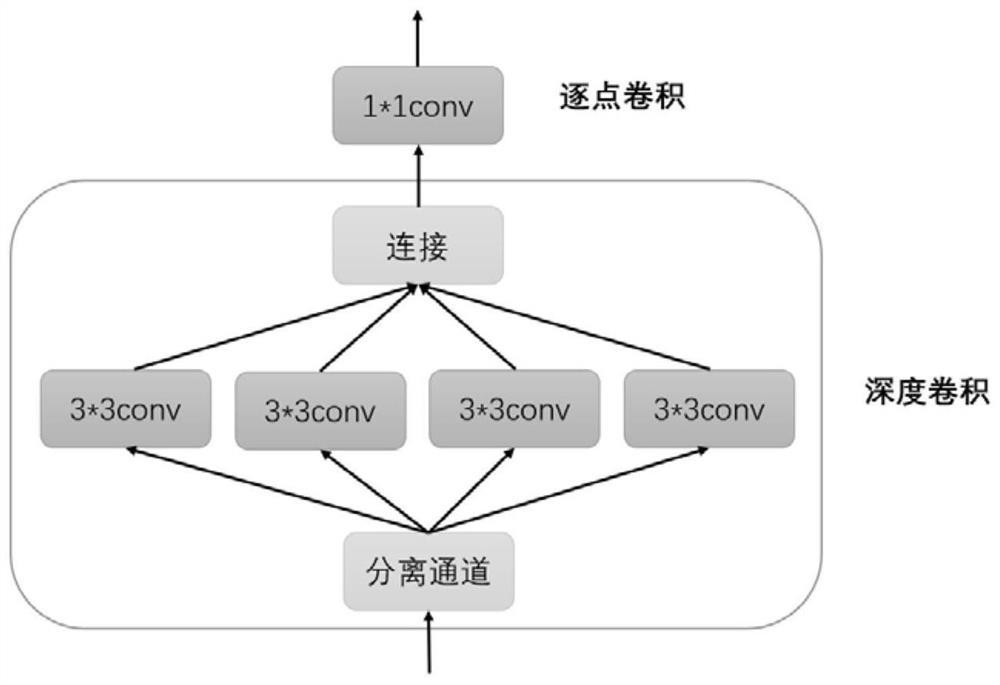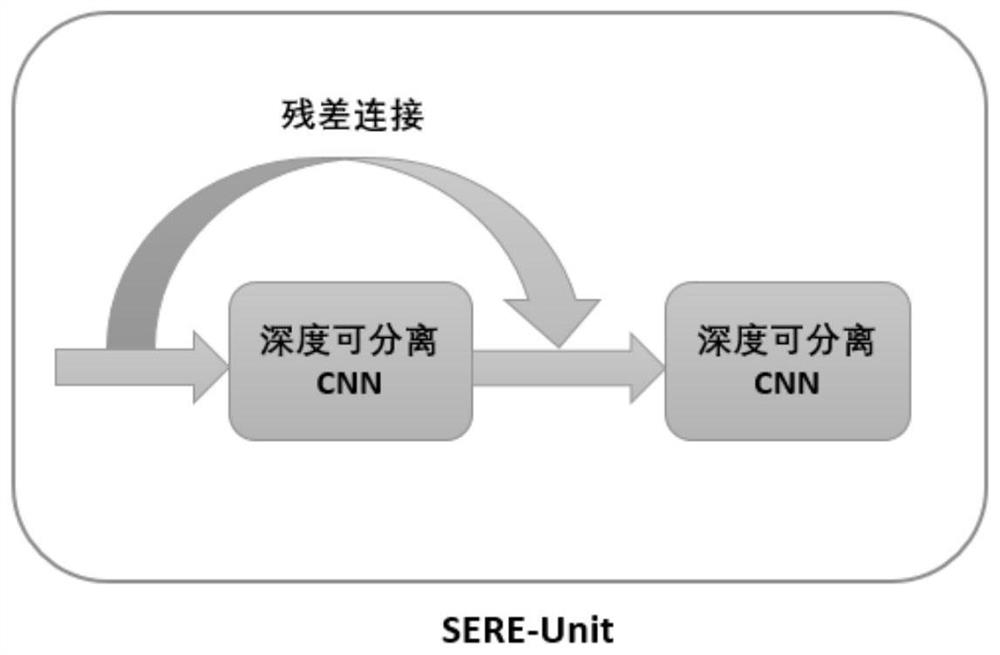Secondary radar signal denoising method based on deep residual separation convolutional network
A secondary radar and convolutional network technology, applied in the radar field, can solve problems such as weak signals, affecting the correct decoding and decoding of response signals, and affecting signal clarity, and achieve high denoising performance
- Summary
- Abstract
- Description
- Claims
- Application Information
AI Technical Summary
Problems solved by technology
Method used
Image
Examples
Embodiment
[0028] The first step: data preprocessing:
[0029] The secondary radar response signal with Gaussian white noise with SNR=5 is used as the training data set, and the response signal without noise is used as the training label. The total number of data is 60000.
[0030] The data set is divided into training set, validation set, and test set at the ratio of (0.6, 0.2, 0.2).
[0031] Randomly scramble the response signal training sample data, and expand the dimensionality of the batch data to form a 3D tensor (samples, timesteps, features) with a time axis.
[0032] Normalize the training data.
[0033] Step 2: Build a deep residual separable neural network:
[0034] figure 1 It is a schematic diagram of the structure of a deep residual separable network model, including three parts: shallow feature extraction, down-sampling deep feature extraction, and up-sampling feature fusion.
[0035] The shallow feature extraction part is composed of two convolutional neural networks CNN, which can ...
PUM
 Login to View More
Login to View More Abstract
Description
Claims
Application Information
 Login to View More
Login to View More - R&D
- Intellectual Property
- Life Sciences
- Materials
- Tech Scout
- Unparalleled Data Quality
- Higher Quality Content
- 60% Fewer Hallucinations
Browse by: Latest US Patents, China's latest patents, Technical Efficacy Thesaurus, Application Domain, Technology Topic, Popular Technical Reports.
© 2025 PatSnap. All rights reserved.Legal|Privacy policy|Modern Slavery Act Transparency Statement|Sitemap|About US| Contact US: help@patsnap.com



